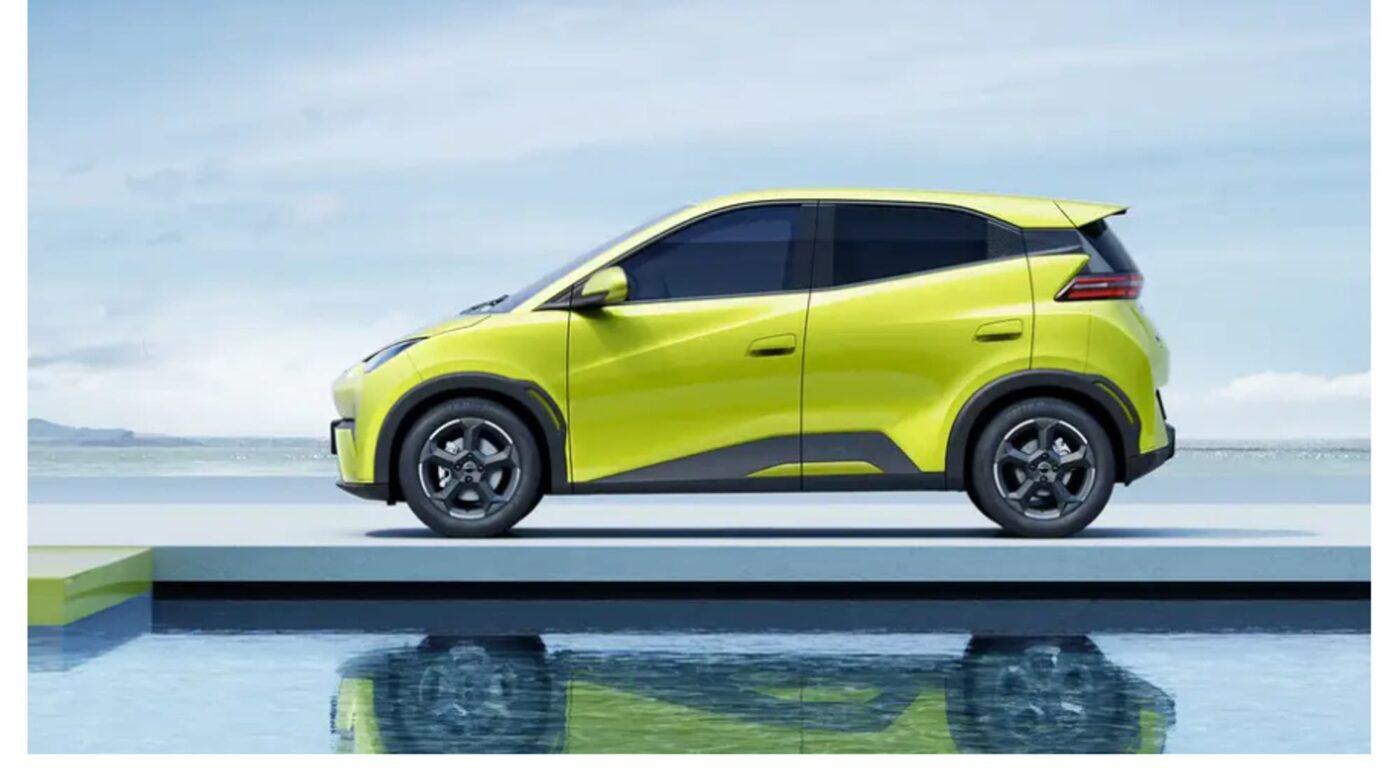Abundant in nature and found in seawater and brine reserves around the world, Sodium has been presented as an important alternative to lithium in the energy storage process.. According to experts, sodium has the potential to take over a quarter of the battery market, which is currently largely dominated by lithium.
According to Hudson Zanin, Feec-Unicamp professor and leader of Brazil’s first sodium battery research project, the technologies of both batteries are quite similar.
“Ions in both [conjunto de átomos dotados de carga elétrica] It fulfills the task of transporting and storing electrons during the charging and discharging processes of energy. To do this, the ions penetrate the structure of the electrodes, which consist of a positive pole cathode and a negative pole anode,” explains the professor.
Sodium Batteries and Lithium Batteries
The direct confrontation of two alkali metals gives lithium a great advantage; because it is the most efficient technology in energy compression today. According to Fapesp, with the same physical volume, Lithium batteries charge 30% more than sodium batteries. They also have more cycles: A lithium battery performs 12 thousand cycles in its lifetime, compared to 4 thousand cycles for sodium batteries.
But sodium batteries also have advantages such as lower cost, greater abundance, and an extraction and processing process with a very low carbon footprint.
As for the downsides, lithium is a non-renewable energy source and the refining process to reach a grade suitable for use in batteries involves high energy consumption and a large environmental impact. Sodium, on the other hand, has lower energy density, shorter life cycle and also greater fire risk.
Do sodium batteries already pose a threat to lithium batteries?

Roberto Manuel Torresi, a chemist specializing in electroactive materials from the Institute of Chemistry of the University of São Paulo (IQ-USP), explains in Revista Pesquisa Fapesp that sodium batteries should not replace lithium storage modules, at least for now. but they have the potential to occupy other niches.
While lithium is expected to continue its dominance in applications such as electric vehicles, smartphones and portable computers, sodium batteries are emerging as a viable option for energy security systems in data centers and ATMs, and stationary applications such as wind energy storage and solar photovoltaics. to reduce intermittency.
Zanin says the potential exists to use sodium ions even in electric mode, and some Chinese manufacturers have introduced models such as the recently released Seagull. It promises a range of 305 km on the Chinese cycle with a 30 kWh sodium battery.
Is there anything you want to ask? Tell us on our social networks and get the opportunity to share the article!
Source: Tec Mundo
I’m Blaine Morgan, an experienced journalist and writer with over 8 years of experience in the tech industry. My expertise lies in writing about technology news and trends, covering everything from cutting-edge gadgets to emerging software developments. I’ve written for several leading publications including Gadget Onus where I am an author.












